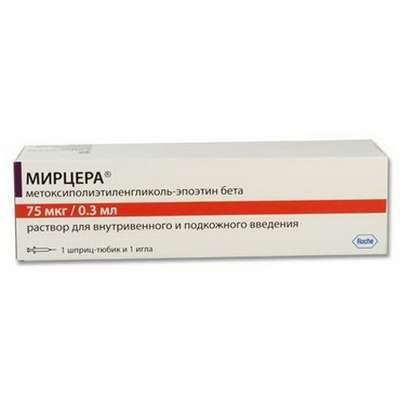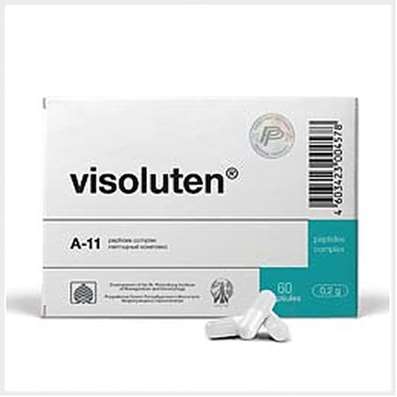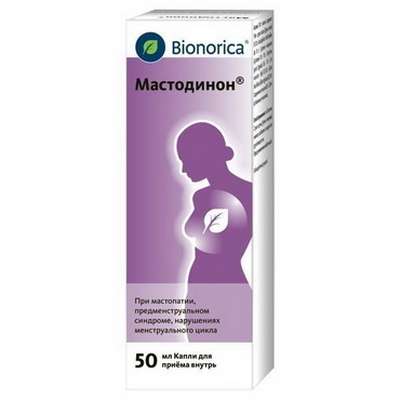Instruction for use: Zerlon
I want this, give me price
Active substance:
Finasteride
ATX code
G04CB01 Finasteride
Pharmacological group
Androgens, antiandrogens
Means that affect the metabolism in the prostate gland, and correctors urodynamics
Nosological classification (ICD-10)
N40 Prostatic hyperplasia
Prostate adenoma, BPH, Hypertrophy of the prostate, Hypertrophy of the prostate, Dysuric disorders due to benign prostatic hyperplasia, Dysuria with prostatic adenoma, Benign prostatic hyperplasia, Benign prostatic hyperplasia of stage 1 and 2, Benign prostatic hyperplasia of the first degree, Benign prostatic hyperplasia of II degree, Benign prostatic hypertrophy, Disease of the prostate, Acute urinary retention associated with benign prostatic hyperplasia, Benign prostatic hyperplasia 1 and 2 stages in combination with prostatitis, The paradoxical ishuria
Composition
Tablets, coated with a coating.
Finasteride 5 mg
Auxiliary substances: lactose monohydrate; Pregelatinized starch; Sodium carboxymethyl starch (type A); Docusate sodium; MCC; Povidone; Magnesium stearate;
Shell: giprolose (hydroxypropyl cellulose); Hypromellose; Titanium dioxide E 171; talc; Dye indigo carmine E 132.
In the blister 10 pcs .; In a pack of cardboard 3 blisters.
Description of dosage form
Round, biconvex tablets, covered with a film shell, light blue.
pharmachologic effect
Pharmacological action - antiandrogenic.
Pharmacodynamics
Finasteride is a synthetic 4-azasteroid compound, a competitive specific inhibitor of steroid 5-alpha-reductase, an intracellular enzyme that converts testosterone into a more active androgen-5-dihydrotestosterone (DHT), which stimulates the growth of prostatic tissue and the development of benign hyperplasia. Under the influence of the drug, the concentration of dihydrotestosterone decreases both in blood plasma and in the gland tissue; Reduction in the size of the enlarged gland and the severity of symptoms associated with prostatic adenoma. Finasteride does not bind to androgen receptors, does not affect the level of plasma lipids and the level of cortisol, estradiol, prolactin, TSH, thyroxine.
With constant admission, a statistically significant effect is recorded after 3 months (decrease in the volume of the gland), 4 months (increase in the maximum urinary flow rate) and 7 months (decrease in the general symptoms and symptoms of obstruction of the urinary tract).
Pharmacokinetics
After oral administration finasteride is rapidly adsorbed from the digestive tract, the absorption is completed 6-8 hours after oral administration. Bioavailability is about 80% and does not depend on food intake.
Tmax in plasma - 2 h, Cmax - 8-10 ng / ml. It is well absorbed and penetrates into the tissues and biofluids, is found in the ejaculate (at a concentration of 5 μg). The connection with plasma proteins is more than 90%. It penetrates through the BBB: after 7-10 days of treatment, it is detected in spinal cord fluid (CSF) in small amounts. System Cl - 165 ml / min, Vss - 76 liters. Slightly cumulates with prolonged admission. T1 / 2 in men 18-60 years is 6 hours, over 70 years - 8 hours Metabolized by the liver and released as metabolites by the kidneys (approximately 39%) and through the intestine (57%). In chronic renal failure (CRF), part of the metabolites (which is normally excreted in the urine) is excreted with feces.
Indication
Benign prostatic hyperplasia with the aim:
Reducing the size of the prostate gland;
Improve the maximum rate of urine flow and reduce symptoms associated with hyperplasia;
Reducing the risk of acute urinary retention requiring catheterization or surgery, including transurethral resection of the prostate (TURP) and prostatectomy.
Contraindications
Hypersensitivity to finasteride and / or to other components of the drug;
childhood;
Malignant prostate cancer;
Obstruction of the urinary tract.
The drug is not intended for use in women.
With caution: a violation of the liver, obstructive uropathy.
Side effects
In some cases: a decrease in potency and / or libido, ejaculation, a decrease in ejaculate volume - the frequency of these side effects does not exceed 3-4% and decreases during treatment.
Also rare (up to 1-2%) were: increased and soreness of the mammary glands, increased concentrations of luteinizing hormone (LH) and FSH in the blood, a decrease in the concentration of prostate-specific antigen (PSA).
Allergic reactions are possible (rash, itchy skin, hives, swelling of the lips and face).
Interaction
There was no clinically significant interaction with other drugs.
Dosing and Administration
Inside, regardless of food intake, 5 mg once a day, without chewing, either with monotherapy, or in combination with the blocker of alpha-adrenergic receptors doxazosin. The duration of therapy before assessing its effectiveness should be at least 6 months. Approximately in 50% of patients, the disappearance of clinical symptoms occurred during treatment for 12 months.
Dosing in special cases. Do not need to adjust the dose of the drug in elderly people, incl. And in individuals with renal insufficiency (with a decrease in Cl creatinine up to 9 ml / min), as. Pharmacokinetic studies did not reveal any changes in the distribution of finasteride in these categories of patients.
Overdose
No cases of an overdose of finasteride were reported.
special instructions
In patients with a large volume of residual urine and / or a sharply reduced urine flow, careful monitoring of the possible development of obstructive uropathy is necessary.
Before starting therapy, it is necessary to exclude diseases that simulate benign prostatic hyperplasia - prostate cancer, urethral stricture, hypotension or bladder innervation and infectious prostatitis.
It causes a decrease in PSA at 6 and 12 months of admission by 41 and 48%, respectively. For the timely diagnosis of prostate cancer during therapy with finasteride, it is necessary to conduct a patient examination.
Women of childbearing age and pregnant women should avoid contact with crushed or lost integrity tablets of Zerglon because of the possibility of penetration of finasteride into the woman's body, since finasteride has teratogenic properties (the ability to suppress the conversion of testosterone to dihydrotestosterone can cause impaired development of the genital organs in the male fetus). It should be taken into account that the drug penetrates into the seminal fluid.
Impact on the ability to drive a car, control other equipment or equipment
Does not affect.
Terms of leave from pharmacies
On prescription.
storage Conditions
In a dry place, at a temperature of no higher than 30 ° C in a sealed package.
Keep out of the reach of children.
Shelf life
3 years.
Do not use after the expiry date printed on the package.

 Cart
Cart





